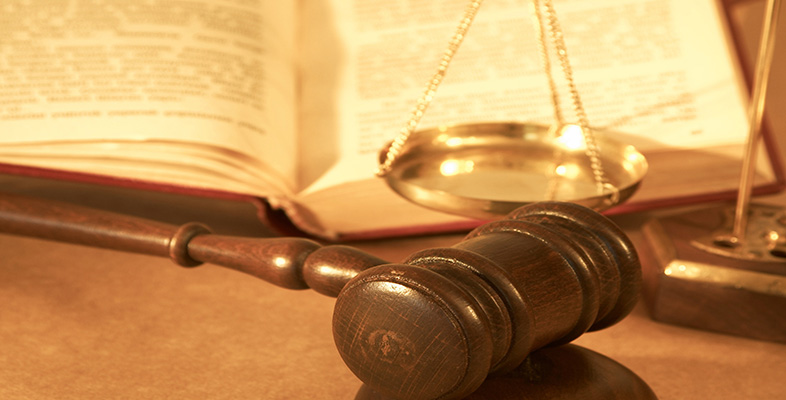3.4 Patents and software in the US
Patenting of software in the US was regularised in 1996. There are now many thousands of software patents, including the well-known GIF compression patent – the algorithm for reducing the size of images encoded in the GIF manner. But software patents remain controversial, and at the time of writing many trivial and, in the US, obvious algorithms have been given patent protection. Nevertheless, in many areas of the software industry, particularly outside the US, there is concern that access to much obvious and useful software could be prevented due to claims of patent infringement.
Now complete Activity 3.
Activity 3: America Invents Act
In 2011, US President Barack Obama signed the America Invents Act (AIA) into law. A key change resulting from this law was that the US patent system shifted from a ‘first-to-invent’ to a ‘first-inventor-to-file’ system. The change is explained in four short videos produced by the US Patent and Trademark Office. Watch the videos, then briefly explain what ‘first inventor to file’ means.
You can access the videos at:
- First Inventor to File, Video #1 [Tip: hold Ctrl and click a link to open it in a new tab. (Hide tip)]
- First Inventor to File, Video #2
- First Inventor to File, Video #3
- First Inventor to File, Video #4
You can also find them at AIA Informational Videos.
Don’t worry about understanding all the legal terms – focus on the explanations given. Why might the ‘first-inventor-to-file’ approach to granting patents be unfair to some inventors?
Discussion
Under new US law a patent will be granted only if the invention being claimed has not been made known to the public before the date on which the patent application was filed – the ‘effective filing date’. As long as the claimed invention is something new and unknown to the world, the patent will be granted to the inventor who first files a patent application. It is no longer possible to file an application for an invention if there is another patent application for an invention considered to be same, that has an earlier effective filing date.
The new law raises the possibility that an inventor may not be able to get a patent on his or her invention if someone else files a patent for it first. This could happen, say, because the inventor writes an article about his or her invention before applying for a patent, which prompts someone else to develop the invention and patent it. However, the new law addresses this issue by specifying a ‘grace period’ that allows up to one year between publication of the invention and the filing of the patent application.
Patents protect ideas themselves, and are now applicable to software. This is controversial.
